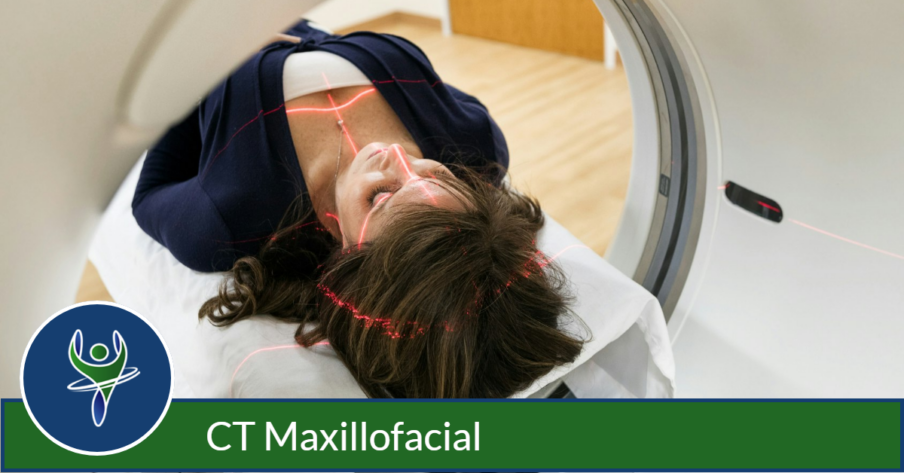CT Maxillofacial
A CT maxillofacial scan is also known as a CT Sinus scan.
Computed Tomography, or CT scan, combines x-rays with computer technology to create images of different bone and organ sections. Unlike standard x-rays which take a picture of the whole structure being examined, CT has the ability to image that same structure very quickly and display images in very thin slices through the anatomy.
In standard x-rays, dense tissues like bones can block the view of the body parts behind them. In CT, the various slices clearly show both bone and underlying soft tissue. CT assists physicians in both diagnosis and detection of a variety of conditions at an early stage.
CT scanning can be used to obtain information about almost any body part. The amount of radiation used in CT exams is approximately equivalent to that of standard x-ray procedures.
CT scanning is a non-invasive method of diagnosis for symptomatic patients with issues that require a view inside the body. It is a short, painless procedure and emits relatively low amounts of radiation.
When Would I Get a CT Maxillofacial?
These CT scans evaluate the bones of the face including the orbits, sinuses, jaw and teeth to detect:
- fractures
- orbit injury
- sinus infections
- eye infections
- tumors of the face and nearby tissues.
What Will I Experience?
During a CT scan, the area being studied is positioned inside a ring or “gantry” that is part of the CT scanner. The ring can tilt and the x-ray scanning devices within it can rotate to obtain the views needed.
According to most people, the challenging part of a CT exam is from time to time the need to lie perfectly still for a longer period. However, the technologist will keep you informed as to when to be still and when you can relax and move around.
The time required will depend upon the type of scan. Actual scan times vary from a few seconds to several minutes. In some cases, additional scanning is required as scans are tailored to suit individual diagnostic needs.



